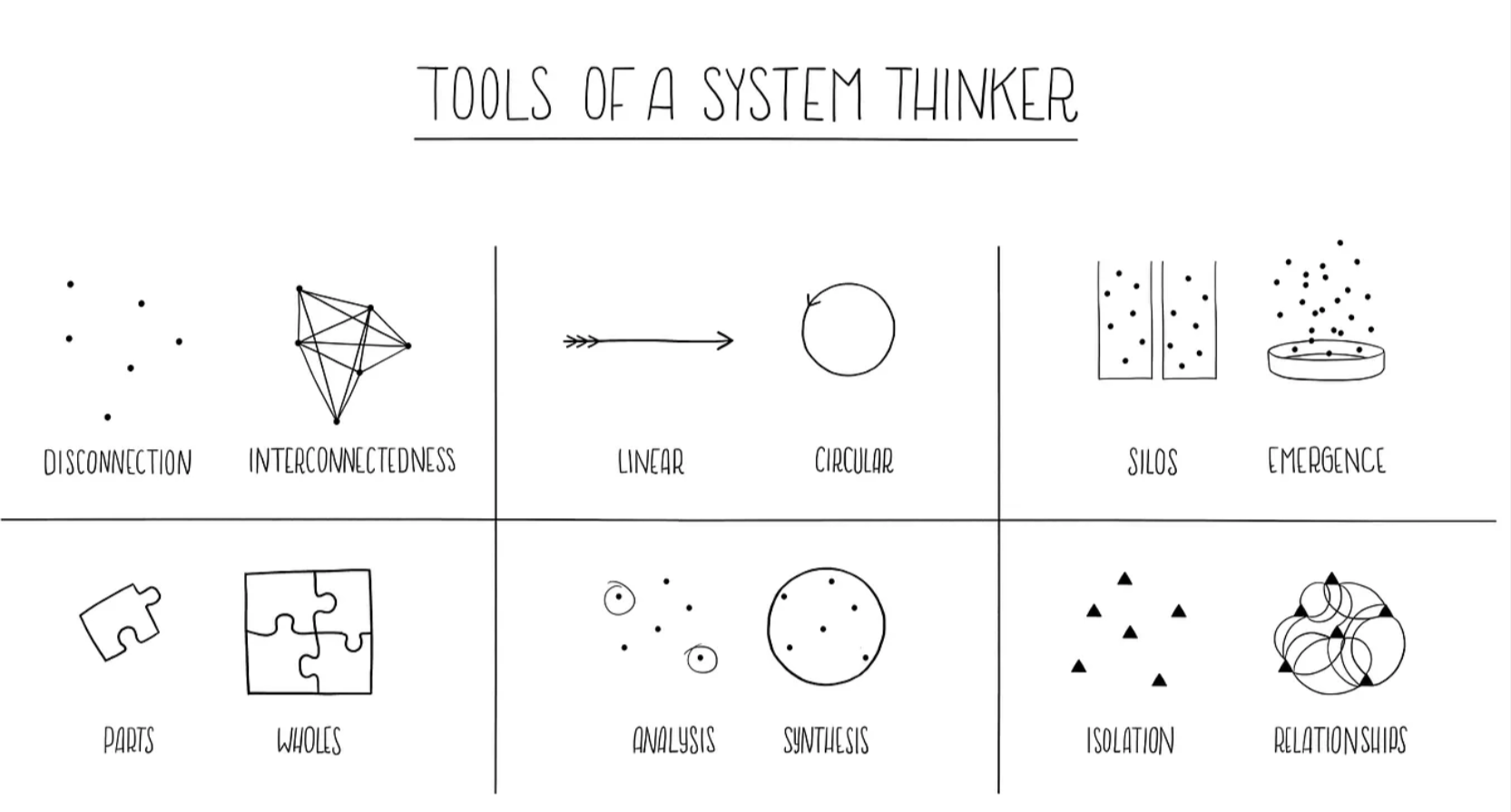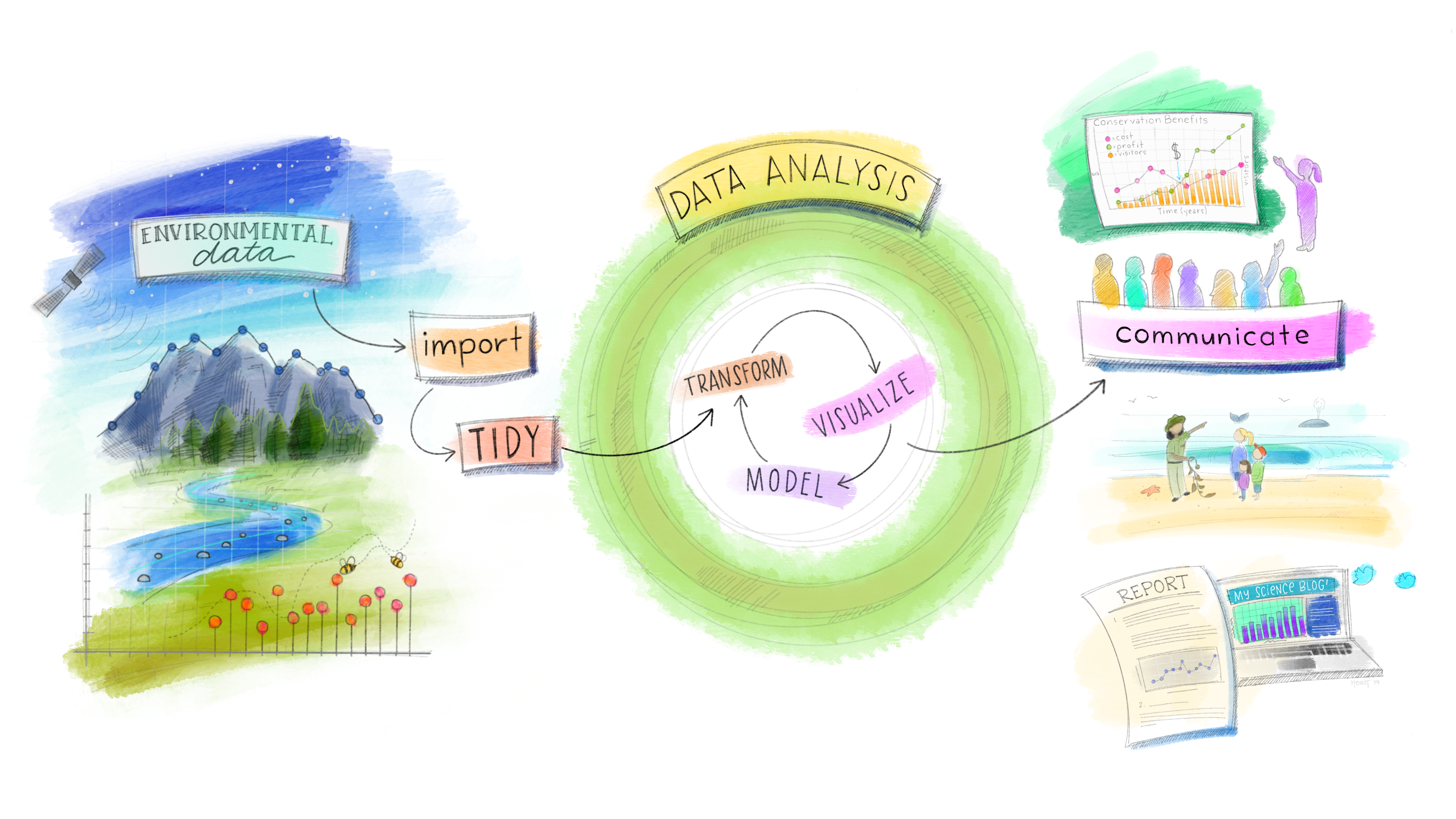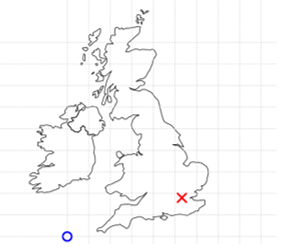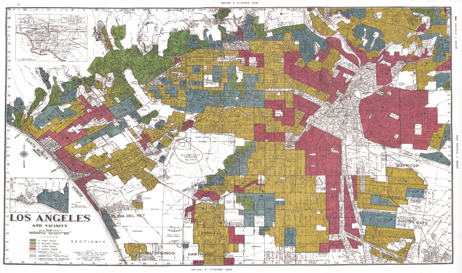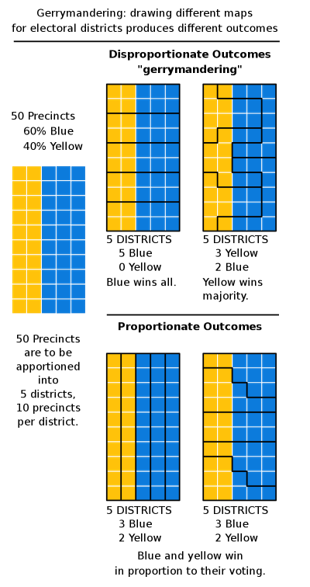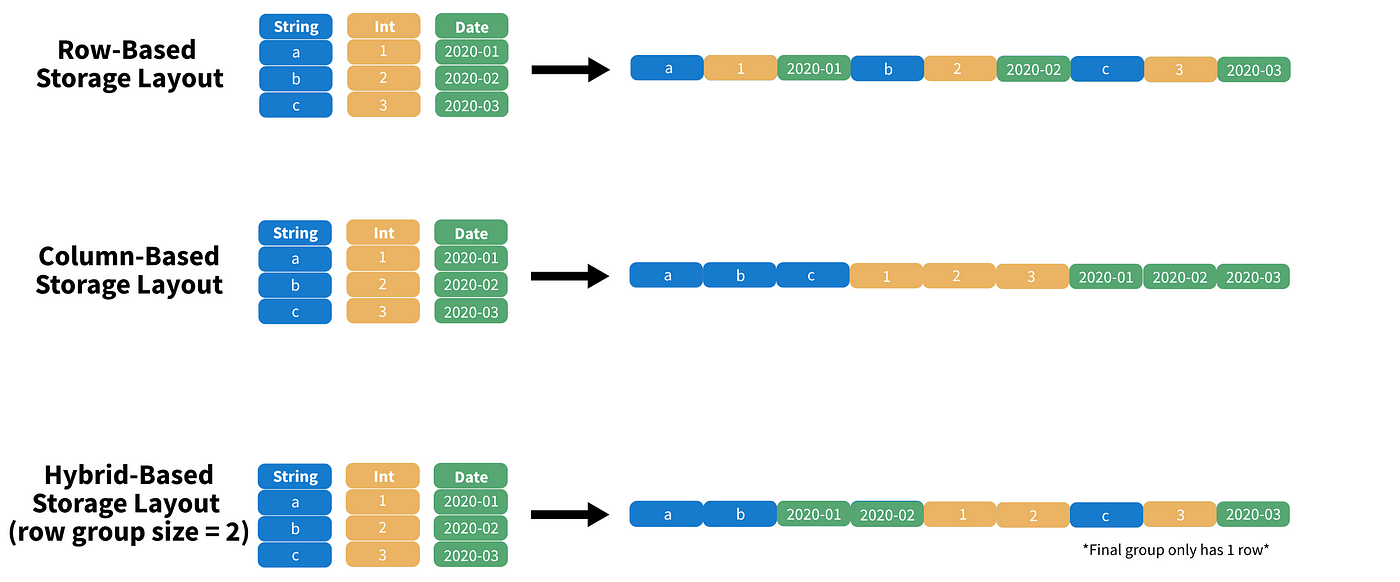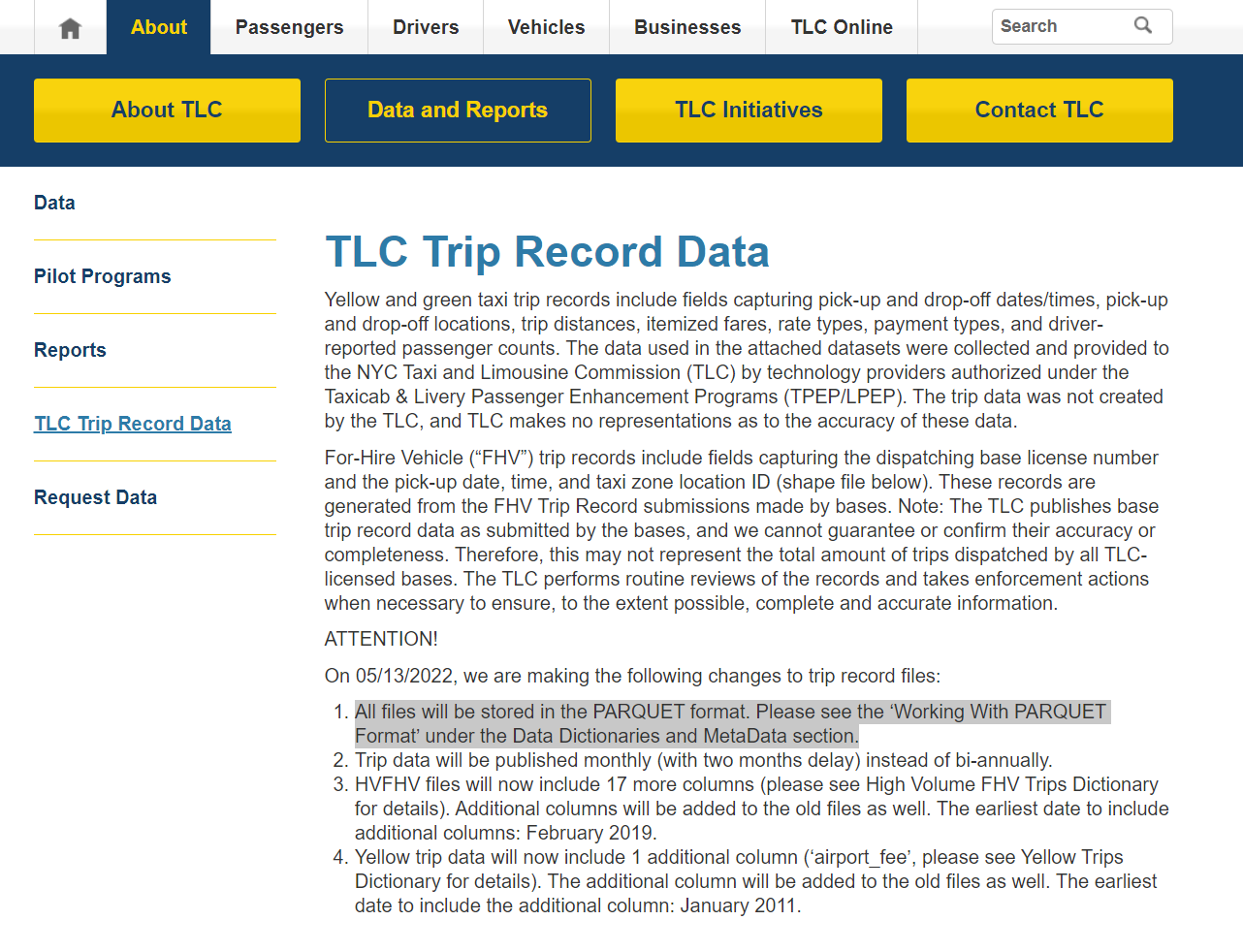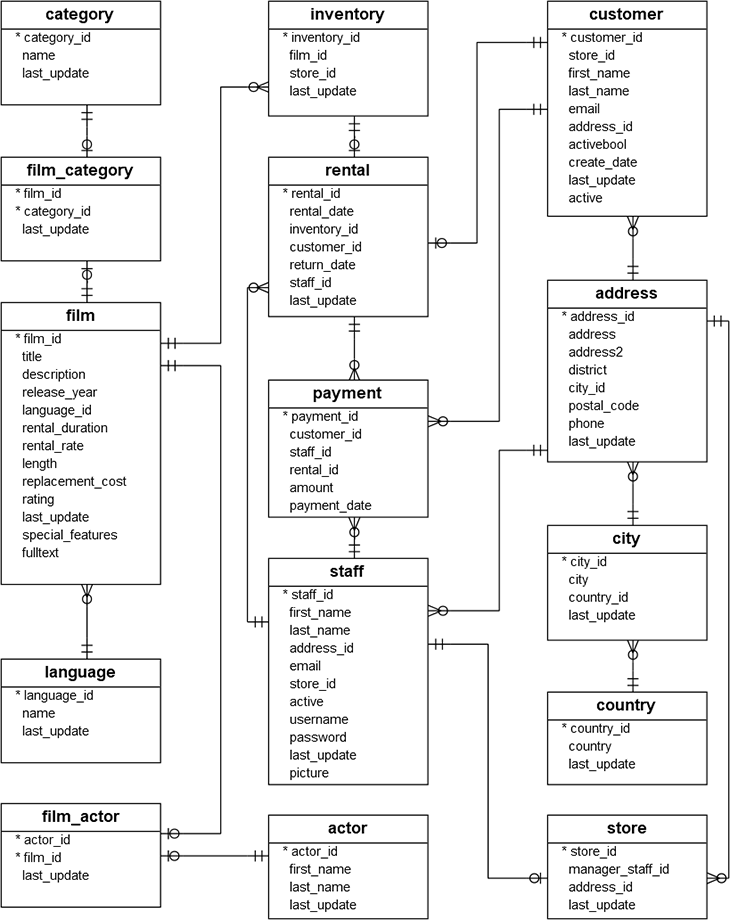Pedagogic challenges 2: urban systems science
Talk overview
Discipline background
Part 1: Urban systems science?
Part 2: Spatial data
Pedagogic challenges
Part 3: Data contamination / manipulation
Part 4: Big data
Part 5: Reproducibility
Part 6: Teaching criticality, data bias, reproducibility
Who am i
Lecturer in Spatial Data Science and Visualization at CASA, UCL
Lead MSc modules in:
Research:
Big data for allocating funding
Part 1: Urban systems science ?
What do we mean
Urban systems
A set of towns and cities [or functions within cities] that can be considered linked together by various forms of social and economic interaction
Source: Oxford reference
Systems thinking
Methods aimed at studying a system through its collective behavioral features
Source: Cristiano et al. 2020
Science of cities
The science of cities – using evidence to understand how cities work – is forever expanding
Source: UK Government
Urban science
Urban science is an interdisciplinary field that studies diverse urban issues and problems
Source: Wikipedia
Urban systems science
Urban systems science
Urban Systems: Cities [or functions within cities] that can be considered linked together [there is a relationship between them]
+
Urban systems science
Urban Systems: Cities [or functions within cities] that can be considered linked together [there is a relationship between them]
+
Urban Science: Urban issues and problems
Urban systems science
Urban Systems: Cities [or functions within cities] that can be considered linked together [there is a relationship between them]
+
Urban Science: Urban issues and problems
=
Smart Cities: networks and services are made more efficient with the use of digital solutions for the benefit of its inhabitants and business.
Source: Smart Cities, European Comission
Urban system science approach:
The same as regular data science but with spatial data
An example..Urban Heat Island effect
Fremantle Woolstore, Western Australia



An example….UHI

An example….UHI
Ran 4 scenarios:
- Original (existing) development (from satellite imagery)
- Proposed redevelopment as in the plan
- Proposed redevelopment removing trees
- Proposed redevelopment with trees covering the hottest pixels

How smart are cities?
Part 2: Spatial data
What is spatial data?
- The earth is a 3D sphere (well, almost). It’s wider than it is tall
- In order to locate a point on the surface of a sphere, we need a set of coordinates
- Coordinates will tell us how near to the top or bottom of the sphere we are, or how far around
- But where do we start?

What is spatial data 2?
Geographic Coordinate Reference System
- treats the globe as if it was a sphere divided into 360 equal parts called degrees
Projected Coordinate Reference System
- flat, two-dimensional plane (through projecting a spheroid onto a 2D surface) giving it constant lengths, angles and areas

Simply
Spatial data is just like normal data except it has an extra “geometry column”

Pedagogic challenges
Part 3: Data contamination / manipulation ?
Data contamination / manipulation

Ok, what about geographic data
Who has made our boundary data?
Who has made manipulated our boundary data?
Who has made our boundary data?
Redlining
Who has made our boundary data?
Gerrymandering

“Redistricting is democracy at work” - Tom Hofeller


Pedagogic challenges
Part 4: Big Data
Big data
Big geospatial data include datasets that are too large to be processed using traditional GIS tools
Source: GIS Harvard
Why are they large?
Raster
Landsat satellite data: 400 scenes of Earth a day, revising each location every 16 days
- Each scene is about 1GB
- We’d used Google Earth Engine - not considered here
Vector
New York City Taxi and Limousine Commission (TLC) all records from Yellow and Green Cabs
- 150GB, 1.2 billion records
Open Street Map
- 1764.5GB when uncompressed
What can we do about it?
Parquet files
We are moving from row based storage to column based
About 50x faster than a .csv
It groups our data.
For example a row group size of 2, puts rows all the data from 1 and 2 next to each other then we have 3! = GROUPS or PARTITION
If we have large data this means we can skip groups we don’t need

Concepts
- You may come across Arrow - this is an in-memory format, Parquet is a storage format
In the R for Data Science book a 9BG
.csvis queried in- 11 seconds for standard code
- 0.063 seconds using a parquet file! 100x faster
We can go faster!

DuckDB
Database management system
Columnar data
No installation
Convert our Parquet file to DuckDB and back again!
Regarding performance, parquet is 717 times faster than the same query on a csv file, and duckdb is 2808 times faster.
Source: Christophe Nicault
Notes
All (parquet and DuckDB) make sure of
dplyr!select(),filter(),groupby()= direct integration with RCurrently the support for spatial data is very limited
sfarrow - can load and query the data but can’t do any analysis!
Postgres

Postgres = object-relational database
PostgreSQL has a PostGIS extention
This allows the “geometry” column and spatial quieres
Making random points in polygons

5 million random points
- QGIS = 226 seconds
- PostGIS = 18 seconds
PostGIS

Starting
Despite all these tools we must start with the basics.
Often this is in Quantum GIS (free) or ArcMap($)
We will be exploring QGIS in the workshop later

Pedagogic challenges
Part 5: Reproducibility
What led me here?
- Lecture with Carl Howe
2017, 90% of the data in the world today has been created in the last two years alone, at 2.5 quintillion bytes of data a day! - IBM

Ok, what about geographic data
A shifting landscape
Paper: Opening practice: supporting reproducibility and critical spatial data science
- A comparison of Geographical Weighted regression across:
- 4 open software packages
- 2 black box / commercial implementations
All of the implementations were tested with the same input data.
They all gave the same results except the ESRI/ArcGIS implementation (Li 2018)
and although ESRI provide help for the GWR tools, the actual coding is closed—the underlying code is not revealed
Source: Brunsdon and Comber, 2021
Part 6: Teaching criticality, data bias, reproducibility
- Lead by example
- 1b. Listen to Alumni / employers
- 1c. Learn by doing
- Don’t assess it, make it mandatory for the assessment*
1. Lead by example
Traditional labs and were distributed in pdfs, word documents and powerpoints.
Used ArcGIS 💰
![]()
1. Lead by example
1b. Listen to Alumni / employers



1c. Design and outputs
Learning happens by doing
Weekly homework that we dedicate time to discussing
- Week 1-5 tasks
- Week 6-9 practice exam
1c. Design and output
Part 1: GIS tools…subject based learning
You need calculate the average percent of science students (in all) grades per county meeting the required standards
Part 2: GIS analysis… problem based learning
Each practical answers a question….
What are the factors that might lead to variation in Average GCSE point scores across the city?
What are we assessing?
Can students apply the tools / methods with different scenarios and data ?
Can students critique the process
2. Make it mandatory for the assessment
Part 2: GIS analysis, example practice question
New York City wish to conduct a study that aims to prevent people being evicted through understand possible related factors.You have been enlisted as a consultant and tasked to conduct an analysis of their data from 2020.
Data:
2. Make it mandatory for the assessment
DISCUSS
How were the evictions recorded
Why were there limited evictions during 2020/ then a sudden peak? - COVID ban on evictions
How can identifying spatially related factors to evictions be useful
Are there certain areas that have higher evictions than others - why might this be?
What assumption does the data make
What assumptions does the model make
2. Make it mandatory for the assessment
Students
Click the URL and generates a new repository
Staff can see their work and when they make edits (commit / push)

Conclusion
It is essential to use data to inform decisions…BUT we must develop a critical awareness of:
- How the data has been created
- How the boundary data has been created
- What the agenda was for collecting the data
In addition we must recognize that:
- Data is a snapshot / sample of the population
- Analysis attempts to model the world - it is never perfect.
Scientists must have a say in the future of cities, McPhearson 2016

Pedagogic challenges 2: urban systems science • Andy MacLachlan
